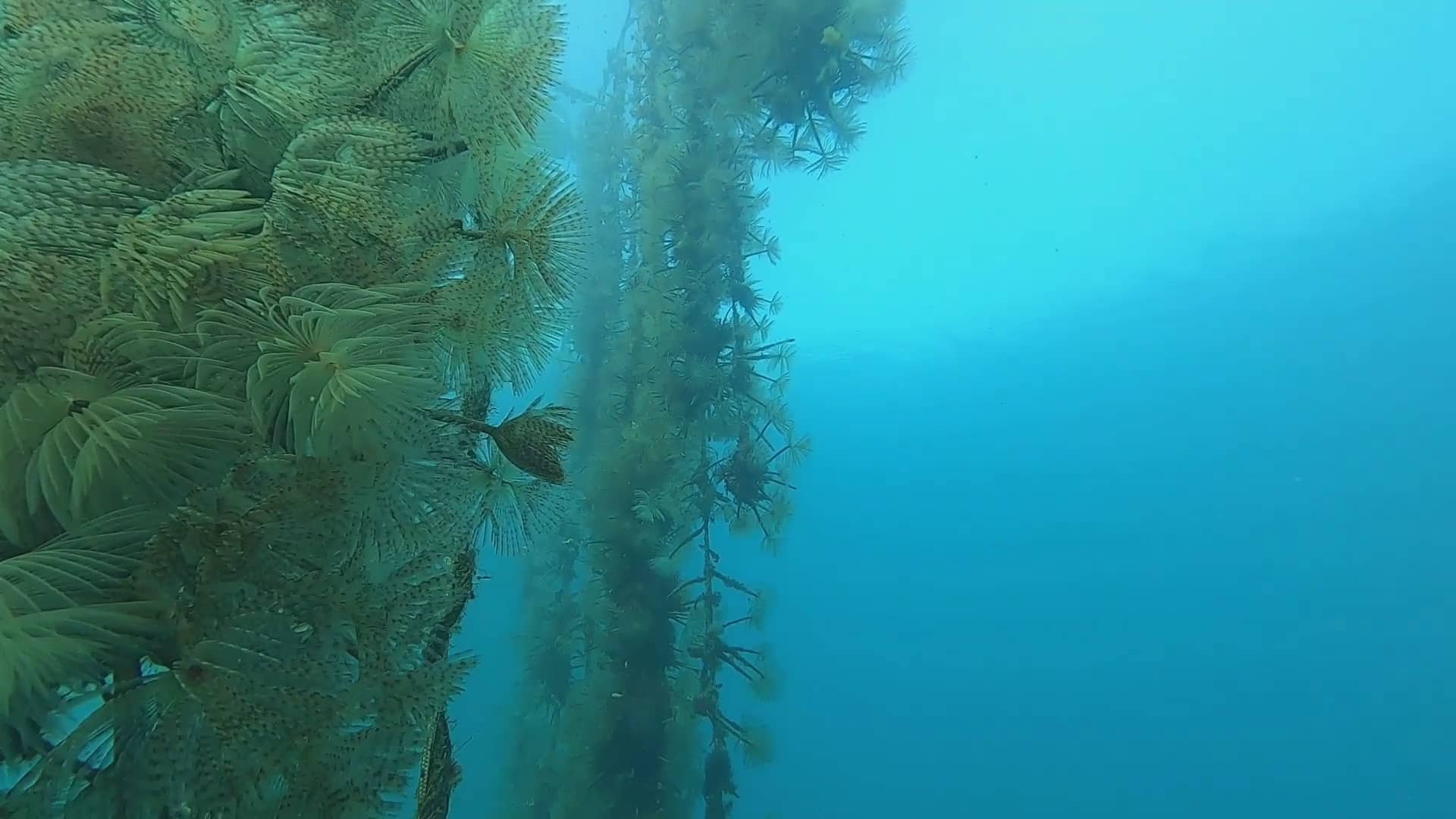Figure 1. C. prolifera patches at 61 m depth in Tenerife waters. Photo credits: Oceana.
A new bathymetric record of the green macroalga Caulerpa prolifera has been documented for the southwest coast of Tenerife Island (Canary Islands, Spain), in the framework of the OCEAN CITIZEN Project, extending the known distribution of the species to depths exceeding 60 m. Traditionally, Caulerpa prolifera has been described as a shallow-water species, usually confined to coastal habitats between the surface and 30 meters deep. Its vibrant green stolons and upright fronds are characteristic elements of this seaweed.
Caulerpa prolifera is widely distributed across the eastern and western Atlantic and throughout the Mediterranean basin. Although not typically categorised as an aggressively invasive species, this macroalga can modify benthic habitats through competitive displacement of native seagrasses, alteration of substrate characteristics, and shifts in community composition under favourable conditions (Zubia et al., 2020). Its ability to tolerate a wide range of environmental factors contributes to its ecological success in coastal ecosystems. The OCEAN CITIZEN ROV cruise, conducted by the Oceana team in collaboration with the University of Salento and UGI, around Tenerife, reveals that this species can extend far beyond the limits usually attributed to it, colonising sandy bottoms at depths between approximately 25 and 83 meters (Figure 2). Such a discovery challenges the prevailing assumption that C. prolifera is restricted to well-lit, nearshore environments.

Figure 2 C. prolifera detected at 82.4 m (A), 77.1 m (B), 71.3 m (C). Photo credits: Oceana and https://doi.org/10.1016/j.rsma.2025.104466.
The research was carried out through a series of ROV (Remotely Operated Vehicle) video transects performed along the southwestern slope of Tenerife, covering a depth gradient from 6 to 156 meters. Among the 55 transects analysed, Caulerpa prolifera was identified in 24 of them, particularly in areas characterised by sandy substrates and moderate slopes. The footage documented extensive patches of the alga, whose bright green coloration stood out against the surrounding sediment, even under the dim light conditions of the mesophotic zone. In contrast to earlier observations from 2005, when Caulerpa prolifera nearly disappeared below 50 m (Barquín-Diez et al., 2005), the recent OCEAN CITIZEN survey found medium-dense patches between 50 and 60 m (Figure 1). The species now shows a decline beyond 65 m, indicating a downward shift in its depth distribution. This represents one of the deepest occurrences ever recorded for this species and the first such observation in European waters.
The ecological implications of this finding are manifold. First, it indicates that C. prolifera possesses a greater physiological plasticity than previously understood. The ability to survive and proliferate under reduced light levels suggests potential adaptations in its photosynthetic apparatus or in the efficiency of pigment utilisation (Olivè et al., 2021). It may also imply the role of local oceanographic conditions, such as water clarity, current patterns, or nutrient availability, in facilitating the persistence of photosynthetic organisms at depth. Moreover, the occurrence on sandy substrates beyond the typical photic limit hints at the possibility that mesophotic environments could act as refugia or reservoirs for coastal algal populations, particularly in regions exposed to anthropogenic pressures or climate-driven changes in shallow waters (Haroun et al., 1993; Schoepf et al., 2015).
From a biogeographical perspective, this discovery contributes to redefining the known distribution of Caulerpa prolifera and raises important questions about its dispersal capacity. The deep colonisation observed in Tenerife may thus represent an example of how species exploit environmental heterogeneity to maintain viable populations under changing conditions. Considering that the genus Caulerpa includes both native and invasive representatives worldwide, understanding the ecological mechanisms behind such range extensions becomes crucial for assessing their potential impacts on local biodiversity and ecosystem functioning. This vertical extension also implies that standard coastal monitoring programs, which are typically restricted to shallow zones, may underestimate the actual spatial extent of benthic macrophytes. Vertical range shifts toward deeper strata may become more common as coastal ecosystems adjust to climate change, making the monitoring of mesophotic benthic communities essential for accurate assessments of species distribution and ecosystem function.
The identification of macroalgal populations in these zones can improve understanding of their spatial structure, ecological interactions, and potential roles in ecosystem resilience. It also raises new questions regarding genetic connectivity between shallow and deep populations, physiological adaptations to low-light environments, and the implications of vertical refugia for species persistence under future environmental scenarios (Varela – Alvarez et al., 2015).
Beyond its biogeographic and ecological significance, the study underscores the power of technological innovation in unveiling hidden components of marine biodiversity. Mesophotic ecosystems—those lying roughly between 30 and 150 meters—are still poorly known compared to shallow reefs, mainly because of their challenging accessibility. The deployment of ROVs equipped with high-definition cameras has revolutionised our ability to document these habitats with minimal disturbance (Figure 3).

Figure 3. Oceana crew members working to improve ROV technical aspects during the cruise in South-West Tenerife waters. Photo credits: Silvia Fraissinet
In this case, the OCEAN CITIZEN Project ROV survey provided unprecedented visual evidence of a species previously thought to be confined to the upper coastal zone. The observation of Caulerpa prolifera beyond 60 meters invites a broader reflection on the nature of scientific discovery. It illustrates how much of the marine world remains unseen and how easily established ecological boundaries can be revised when new tools allow us to look deeper.
Each unexpected record challenges us to question assumptions about the environmental limits of life and to acknowledge the adaptability of marine organisms. The presence of a bright green alga at 80 meters depth off Tenerife symbolises the vastness of what remains to be explored. As researchers and conservationists, we are called to maintain curiosity and humility before the ocean’s complexity: even species we think we know well may hide unsuspected dimensions of resilience.
References:
Barquín-Diez, J., González-Lorenzo, G., Martín-García, L., Gil-Rodríguez, M.C., Brito Hernández, A., 2005. Distribución espacial de las comunidades bentónicas submareales de los fondos someros de canarias. I: las comunidades de sustrato blando de las costas de tenerife. Vieraea 33, 435–438.
Haroun, R.J., Prud’homme Van Reine, W.F., Müller, D.G., Serrao, E., Herrera, R., 1993.Deep-water macroalgae from the Canary Islands: new records and biogeographical relationships. Helgoländer Meeresunters. 47 (2), 125–143.
Olivé, I., Varela-Alvarez, E., Silva, J., Serrão, E., Santos, R., 2021. Physiological potential of the chlorophyte Caulerpa prolifera for proliferation across the Mediterranean-Atlantic basins in a warmer ocean. Mar. Ecol. Prog. Ser. 668, 73–84. https://doi.org/10.3354/meps13719.
Schoepf, V., Stat, M., Falter, J.L., McCulloch, M.T., 2015. Limits to the thermal tolerance of corals adapted to a highly fluctuating, naturally extreme temperature environment. Sci. Rep. 5, 17639. https://doi.org/10.1038/srep17639.
Varela-Alvarez, E., Balau, A.C., Marbá, N., Afonso-Carrillo, J., Duarte, C.M., Serrao, E.A., 2015. Genetic diversity and biogeographical patterns of Caulerpa prolifera across the Mediterranean and Mediterranean/Atlantic transition zone. Mar. Biol. 162, 557–569. https://doi.org/10.1007/s00227-014-2605-5.
Zubia, M., Draisma, S.G.A., Morrissey, K.L., Varela-Alvarez, E., De Clerck, O., 2020. Concise review of the genus Caulerpa J.V. Lamouroux. J. Appl. Phycol. 32, 23–39. https://doi.org/10.1007/s10811-019-01868-9.




